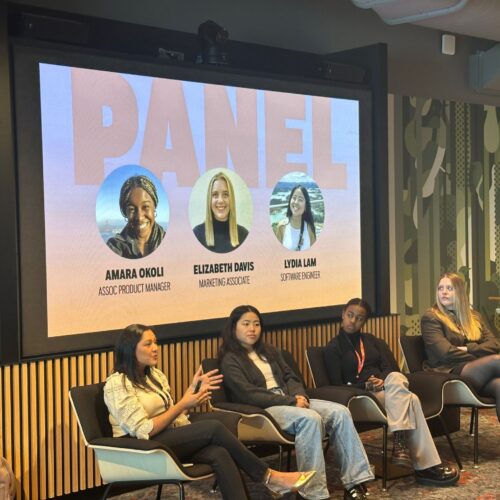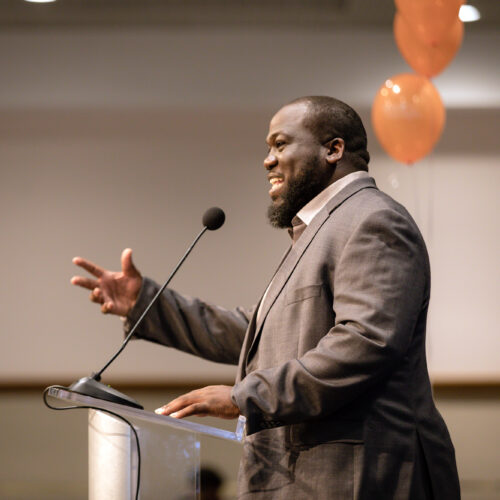PeerForward stands with over 1,200 organizations urging Congress to double the maximum Pell grant. Created in 1972, Pell grants are distributed federally to over 7 million students, or 40% of undergraduates, every year. They serve to increase college affordability for low-income students across the country, yet Pell is increasingly falling short of its original promise to equalize access to higher education. Pell has gone from covering 75% of the average college attendance cost in the mid-1970’s to a mere 28% in the 2018-19 year.
The cause of this precipitous drop in Pell grant value is twofold: rising inflation and ballooning tuition costs. The #DoublePell proposal seeks to correct for both issues by doubling the maximum grant and reinstituting automatic yearly inflation adjustments. With these measures in place, Pell grant recipients would find public four-year colleges affordable at a rate of 80%, compared to only 25% currently.
Students that PeerForward serves rely on the Pell program to make college achievable. PeerForward primarily serves low-income students, of which a majority are Black and Latinx, the most Pell-eligible groups in the nation at 59% and 48%, respectively. Our partner schools serve low-income communities, and at our partner universities, more than half of students receive Pell grants each year. Even as services such as PeerForward’s help low-income and minority students get to and through college, it is up to the federal government to ensure that these students are no longer held back by student loan debt at twice the rate of their higher-income peers.
Not only do students from low-income backgrounds deserve an equal shot at success, but increasing college affordability will also have positive impacts on the US economy at large. According to to a study by CEOs for cities, college degree attainment is the “single biggest driver of urban economic growth.” And the need for workers with college-level credentials has only grown, as 99% of new jobs since the 2008 recession have required some postsecondary education. Pandemic-era tumbles in college enrollment and completion, particularly among Pell-eligible students, therefore spell a warning for the national economy.
Given that nearly half of high school students identify cost as the single most important factor in their decision-making on college, the solution to sustaining a viable college-educated workforce in the years to come is clear. The federal government has a responsibility to act now to double Pell and safeguard the program for the future.
For more information on the movement to #DoublePell and ways to take action, please refer to these sources:
- https://www.ncan.org/page/Pell
- https://doublepell.org/take-action/
- https://ticas.org/wp-content/uploads/2020/11/Why-Its-Time-to-Double-Pell.pdf
- https://ticas.org/wp-content/uploads/2020/05/Pell-Grants-Help-Keep-College-Affordable-for-Millions-of-Americans-logo.pdf
- https://www.nasfaa.org/double_pell_report











